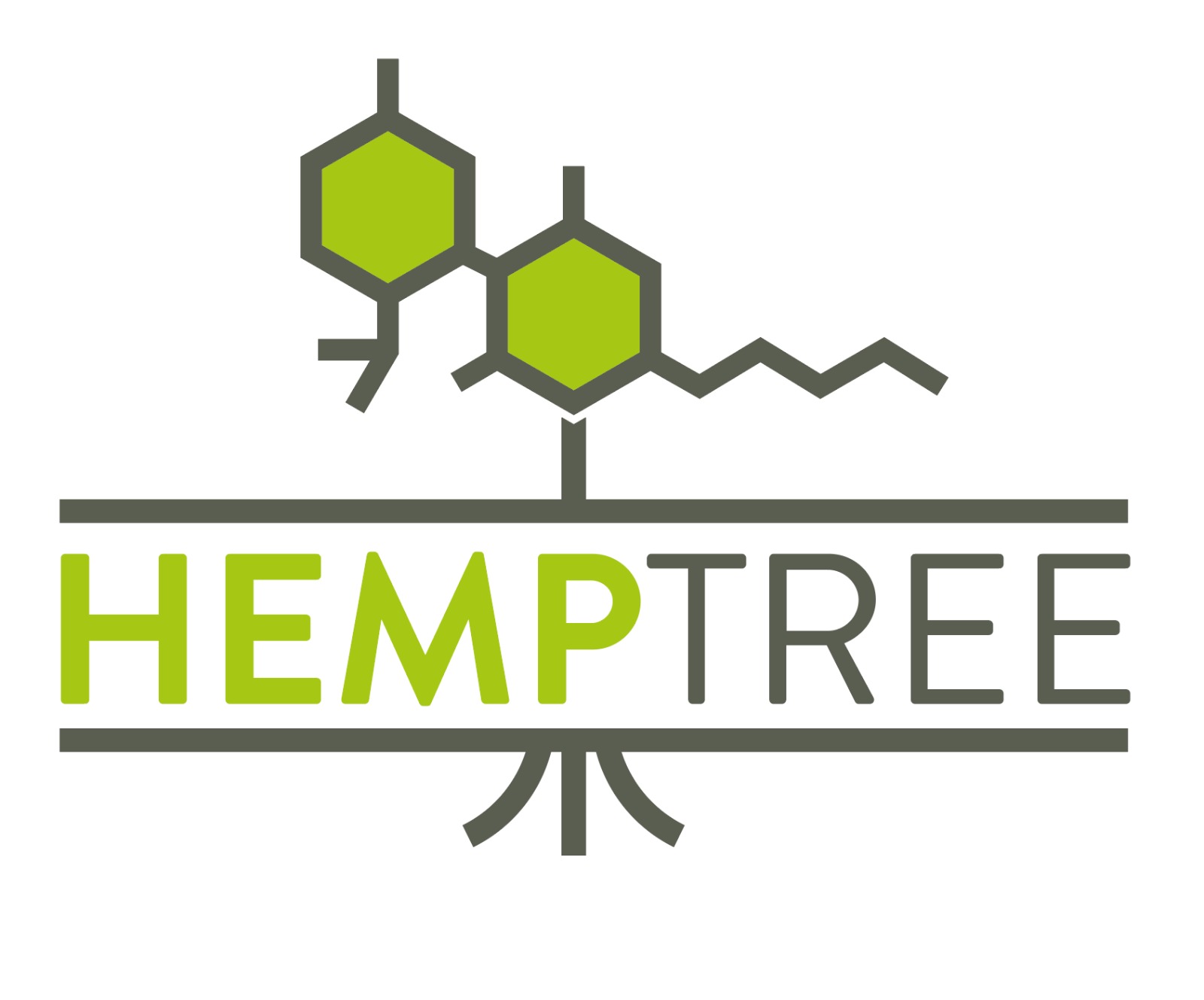Breaking Down The Meaning Of Gynosexual And Its Place In Sexual Identity
Defining Gynosexuality
Gynosexuality, a term often met with curiosity and sometimes confusion, refers to an exclusive or predominant sexual attraction towards women. Understanding its nuances requires delving into its definition, exploring its place within the broader spectrum of sexual orientations, and recognizing the diversity of experiences it encompasses.
Historical Context
Throughout history, societal norms and understandings of sexuality have evolved significantly. In earlier eras, discussions around diverse sexual orientations were often marginalized or stigmatized. The concept of gynosexuality, as a distinct identity, emerged more prominently in the latter half of the 20th century alongside broader advancements in LGBTQ+ rights and acceptance. This period saw increasing visibility of lesbian and queer communities, leading to a greater exploration and articulation of individual sexual experiences.
Current Understanding
Gynosexuality is defined as an exclusive or predominant sexual attraction towards women. It’s important to note that like other sexual orientations, gynosexuality exists on a spectrum. Some individuals may identify as exclusively gynosexual, meaning their primary and only sexual attraction is to women. Others might experience gynosexuality as a dominant aspect of their sexuality, alongside attractions to other genders.
Understanding gynosexuality requires acknowledging its connection to the broader LGBTQ+ community. It’s an identity that contributes to the rich tapestry of human sexuality and experiences.
Terminology and Variations
The term “gynosexual” is used to describe someone who has a sexual attraction solely or primarily towards women. This definition highlights the exclusive nature of gynosexuality, emphasizing its distinction from bisexuality, which encompasses attraction to multiple genders.
Language surrounding sexuality is constantly evolving, and new terms emerge as individuals seek more precise ways to express their identities. Variations in terminology can sometimes lead to confusion, but it’s crucial to approach these differences with sensitivity and respect. Some people may use alternative terms like “lesbian” or “woman-loving woman” to describe their attraction, reflecting personal preference and cultural context.
Ultimately, the most important aspect is that individuals are able to express their sexual identities in a way that feels authentic and comfortable for them. Open communication and a willingness to learn about diverse experiences contribute to a more inclusive understanding of sexuality.
Gynosexuality in Sexual Identity
Gynosexuality, a term often met with curiosity and sometimes confusion, refers to an exclusive or predominant sexual attraction towards women. Understanding its nuances requires delving into its definition, exploring its place within the broader spectrum of sexual orientations, and recognizing the diversity of experiences it encompasses.
Spectrum of Experiences

Gynosexuality is defined as an exclusive or predominant sexual attraction toward women. It’s important to note that like other sexual orientations, gynosexuality exists on a spectrum. Some individuals may identify as exclusively gynosexual, meaning their primary and only sexual attraction is to women. Others might experience gynosexuality as a dominant aspect of their sexuality, alongside attractions to other genders.
Understanding gynosexuality requires acknowledging its connection to the broader LGBTQ+ community. It’s an identity that contributes to the rich tapestry of human sexuality and experiences.
The term “gynosexual” is used to describe someone who has a sexual attraction solely or primarily towards women. This definition highlights the exclusive nature of gynosexuality, emphasizing its distinction from bisexuality, which encompasses attraction to multiple genders.
Language surrounding sexuality is constantly evolving, and new terms emerge as individuals seek more precise ways to express their identities. Variations in terminology can sometimes lead to confusion, but it’s crucial to approach these differences with sensitivity and respect. Some people may use alternative terms like “lesbian” or “woman-loving woman” to describe their attraction, reflecting personal preference and cultural context.
Ultimately, the most important aspect is that individuals are able to express their sexual identities in a way that feels authentic and comfortable for them. Open communication and a willingness to learn about diverse experiences contribute to a more inclusive understanding of sexuality.
Intersectionality with Other Identities
Gynosexuality, a term often met with curiosity and sometimes confusion, refers to an exclusive or predominant sexual attraction towards women. Understanding its nuances requires delving into its definition, exploring its place within the broader spectrum of sexual orientations, and recognizing the diversity of experiences it encompasses.
Like other sexual orientations, gynosexuality exists on a spectrum. Some individuals may identify as exclusively gynosexual, meaning their primary and only sexual attraction is to women. Others might experience gynosexuality as a dominant aspect of their sexuality, alongside attractions to other genders.
Understanding gynosexuality requires acknowledging its connection to the broader LGBTQ+ community. It’s an identity that contributes to the rich tapestry of human sexuality and experiences.
- The term “gynosexual” is used to describe someone who has a sexual attraction solely or primarily towards women.
- This definition highlights the exclusive nature of gynosexuality, emphasizing its distinction from bisexuality, which encompasses attraction to multiple genders.
Language surrounding sexuality is constantly evolving, and new terms emerge as individuals seek more precise ways to express their identities. Variations in terminology can sometimes lead to confusion, but it’s crucial to approach these differences with sensitivity and respect. Some people may use alternative terms like “lesbian” or “woman-loving woman” to describe their attraction, reflecting personal preference and cultural context.

Ultimately, the most important aspect is that individuals are able to express their sexual identities in a way that feels authentic and comfortable for them. Open communication and a willingness to learn about diverse experiences contribute to a more inclusive understanding of sexuality.
Cultural Influences
Gynosexuality, often met with curiosity or confusion, describes an exclusive or predominant sexual attraction toward women. Understanding its nuances requires delving into its definition, exploring its place within the broader spectrum of sexual orientations, and recognizing the diversity of experiences it encompasses.
Defined as an exclusive or predominant sexual attraction towards women, gynosexuality exists on a spectrum. Some individuals identify as exclusively gynosexual, meaning their primary attraction is to women. Others experience gynosexuality as a dominant aspect of their sexuality alongside attractions to other genders.
Gynosexuality is interconnected with the broader LGBTQ+ community, contributing to the richness and diversity of human sexuality.
The term “gynosexual” designates someone whose primary sexual attraction lies solely or primarily with women, distinguishing it from bisexuality, which encompasses attraction to multiple genders. Language surrounding sexuality evolves constantly, with new terms emerging as individuals seek precise ways to express their identities.
Variations in terminology can lead to confusion, but approaching these differences with sensitivity and respect is crucial. Some individuals may prefer alternative terms like “lesbian” or “woman-loving woman,” reflecting personal preference and cultural context. Ultimately, the most important aspect is allowing individuals to express their sexual identities authentically and comfortably.
Open communication and a willingness to learn about diverse experiences contribute to a more inclusive understanding of sexuality.
Challenges and Stigma
Throughout history, discussions surrounding diverse sexual orientations have often faced societal stigma and marginalization. The evolving understanding of human sexuality has led to greater visibility and acceptance of different identities, including gynosexuality.

This shift in societal attitudes is crucial for creating a more inclusive environment where individuals can freely express their sexual identities without fear of judgment or discrimination.
Misconceptions and Stereotypes
Throughout history, discussions surrounding diverse sexual orientations have often faced societal stigma and marginalization. The evolving understanding of human sexuality has led to greater visibility and acceptance of different identities, including gynosexuality.
This shift in societal attitudes is crucial for creating a more inclusive environment where individuals can freely express their sexual identities without fear of judgment or discrimination.
- Stigma: Societal stigma associated with non-heteronormative identities has historically led to prejudice, discrimination, and marginalization. This can manifest in various forms, including negative stereotypes, social exclusion, and even violence.
- Misconceptions**: Lack of understanding or accurate information about gynosexuality can lead to misconceptions and harmful stereotypes. These misconceptions may perpetuate the idea that gynosexual individuals are “choosing” their orientation or that it is a phase.
- Stereotypes: Generalizations and assumptions about gynosexual individuals based on limited or biased experiences contribute to harmful stereotypes. It’s important to recognize that individuals within any sexual orientation are diverse, with unique personalities, experiences, and perspectives.
Addressing these challenges requires ongoing education, open dialogue, and a commitment to creating inclusive spaces where everyone feels safe and respected.
Lack of Representation
Breaking down the stigma surrounding gynosexuality is crucial for fostering acceptance and understanding.
One significant challenge is the lack of representation of gynosexual individuals in media, popular culture, and educational materials. This limited visibility can contribute to misconceptions and perpetuate harmful stereotypes.
The absence of diverse role models and narratives can make it difficult for individuals who identify as gynosexual to feel seen, validated, and understood.
Increasing representation in various forms of media can help challenge societal norms and create a more inclusive environment.
Impact on Mental Health
Challenges and stigma surrounding mental health are significant barriers to well-being for many individuals.
Stigma, often rooted in misunderstanding and prejudice, can prevent people from seeking help or disclosing their struggles. This fear of judgment can lead to isolation and exacerbate mental health issues.
Additionally, limited access to mental health services, particularly in underserved communities, creates another obstacle. Financial constraints, geographical barriers, and a shortage of mental health professionals contribute to this disparity in care.
Moving Forward: Inclusivity and Understanding
Breaking down the meaning of gynosexual and its place in sexual identity is an important step towards creating a more inclusive and understanding world.
Promoting Accurate Information
Gynosexuality, often met with curiosity or confusion, describes an exclusive or predominant sexual attraction toward women. Understanding its nuances requires delving into its definition, exploring its place within the broader spectrum of sexual orientations, and recognizing the diversity of experiences it encompasses.
Defined as an exclusive or predominant sexual attraction towards women, gynosexuality exists on a spectrum. Some individuals identify as exclusively gynosexual, meaning their primary attraction is to women. Others experience gynosexuality as a dominant aspect of their sexuality alongside attractions to other genders.
Gynosexuality is interconnected with the broader LGBTQ+ community, contributing to the richness and diversity of human sexuality.
The term “gynosexual” designates someone whose primary sexual attraction lies solely or primarily with women, distinguishing it from bisexuality, which encompasses attraction to multiple genders. Language surrounding sexuality evolves constantly, with new terms emerging as individuals seek precise ways to express their identities.
Variations in terminology can lead to confusion, but approaching these differences with sensitivity and respect is crucial. Some individuals may prefer alternative terms like “lesbian” or “woman-loving woman,” reflecting personal preference and cultural context. Ultimately, the most important aspect is allowing individuals to express their sexual identities authentically and comfortably.
Open communication and a willingness to learn about diverse experiences contribute to a more inclusive understanding of sexuality.
- Education**: Promoting comprehensive sex education that includes information about diverse sexual orientations, including gynosexuality, can help dispel myths and foster understanding.
- **Representation**: Increasing the visibility of gynosexual individuals in media, literature, and popular culture can challenge stereotypes and provide role models for young people.
- Dialogue: Creating safe spaces for open and honest conversations about sexuality can help break down stigma and encourage empathy.
Creating Safe Spaces
Gynosexuality, a term often met with curiosity or confusion, refers to an exclusive or predominant sexual attraction towards women. Understanding its nuances requires delving into its definition, exploring its place within the broader spectrum of sexual orientations, and recognizing the diversity of experiences it encompasses.
Defined as an exclusive or predominant sexual attraction towards women, gynosexuality exists on a spectrum. Some individuals identify as exclusively gynosexual, meaning their primary attraction is to women. Others experience gynosexuality as a dominant aspect of their sexuality alongside attractions to other genders.
Gynosexuality is interconnected with the broader LGBTQ+ community, contributing to the richness and diversity of human sexuality.
The term “gynosexual” designates someone whose primary sexual attraction lies solely or primarily with women, distinguishing it from bisexuality, which encompasses attraction to multiple genders. Language surrounding sexuality evolves constantly, with new terms emerging as individuals seek precise ways to express their identities.
Variations in terminology can lead to confusion, but approaching these differences with sensitivity and respect is crucial. Some individuals may prefer alternative terms like “lesbian” or “woman-loving woman,” reflecting personal preference and cultural context. Ultimately, the most important aspect is allowing individuals to express their sexual identities authentically and comfortably.
Open communication and a willingness to learn about diverse experiences contribute to a more inclusive understanding of sexuality.
- Education**: Promoting comprehensive sex education that includes information about diverse sexual orientations, including gynosexuality, can help dispel myths and foster understanding.
- **Representation**: Increasing the visibility of gynosexual individuals in media, literature, and popular culture can challenge stereotypes and provide role models for young people.
- Dialogue: Creating safe spaces for open and honest conversations about sexuality can help break down stigma and encourage empathy.
Supporting Research and Education
aphrodite sex
Carmen Alexandra
Resilience Medicine Clinics
- New Patient Treatment Near Wrecclesham, Surrey - May 10, 2025
- Go Deeper! 6 Sexy Positions For Crazy Deep Penetration - May 10, 2025
- How Much THC Will Make You Feel Something? - May 9, 2025
